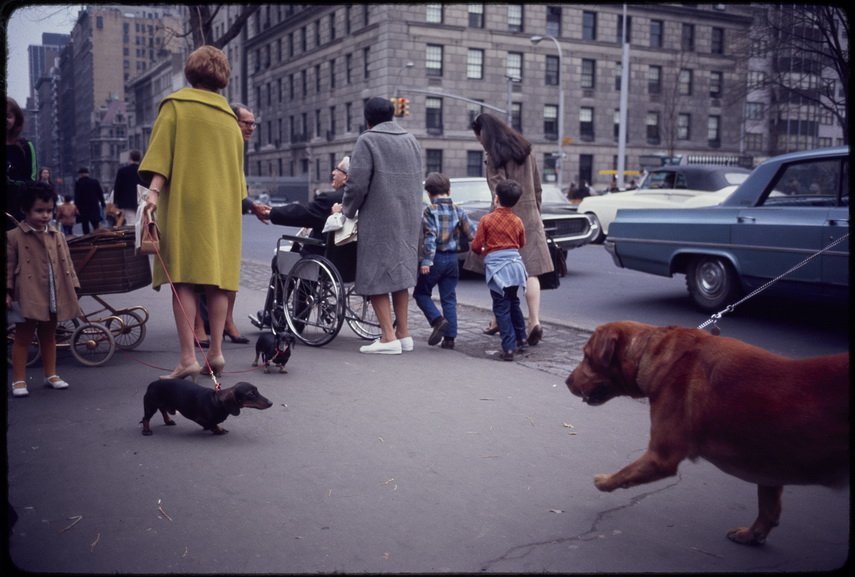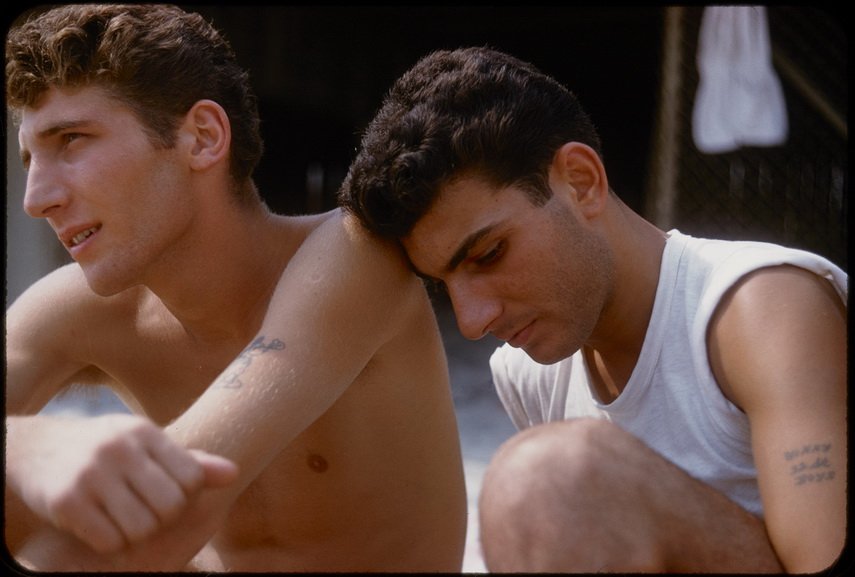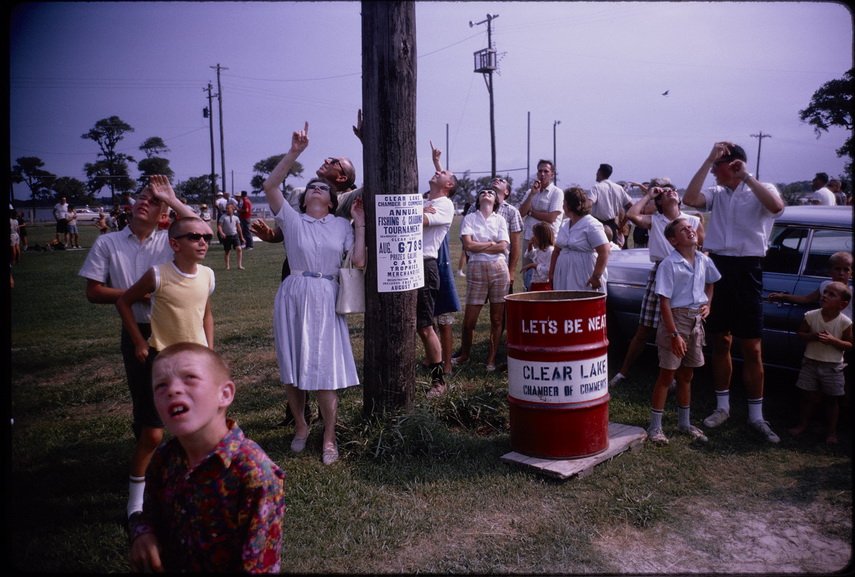[ad_1]
During the 1960s and 1970s, photography’s new approach based on immediacy and coincidence blossomed. A number of photographers found themselves inspired by the everyday life on the streets of the metropolis. Such an observation coincided with the shift of the cityscape, which had become a redefined space for various sorts of social interactions. One of the most prolific photographers of that era and the man capable of documenting memorable situations and gestures was Garry Winogrand.
Aside from launching the snapshots aesthetic, this notable figure produced an outstanding number of shots throughout his relatively short career which captured not only the full scope of emotions of the portrayed subjects, but have also preserved the sentiment of the decades. Winogrand practically photographed almost everything and did not burden himself much, meaning that he was often leaving the editing of his photographs to others.
Although Winogrand is best known for his staggering black and white photographs, The Brooklyn Museum will now put on view his production of color photographs made between the early 1950s and late 1960s. Building on recent scholarship, the upcoming exhibition will provide a much required exploration of another aspect of the photographer’s unfinished work.

The Street Wonderer
Garry Winogrand came from a Bronx working-class background and despite having modest production means, he achieved outstanding results. Therefore, the lack of resources to produce costly and time-consuming color prints made Winogrand developed a strategy, so he carried two cameras at the same time – one with black-and-white film and one with Kodachrome color film. That is why some images are doubled, taken with both cameras in a matter of seconds. The black and white ones were saluted and critically acknowledged, while the color ones remained overlooked.
Namely, Winogrand began shooting with color film in the early 1950s while working as a photojournalist for publications like Collier’s and Sports Illustrated; the photographer found the way to use the industrially manufactured color film as an artistic tool by exploring the poetic potential of the color scheme, which led him on producing authentic images outside the cannons of fine art photography at the time.
Winogrand worked for some time as a lecturer as well, passing his knowledge and supported young photographers to work with color photography as much as possible. For instance, while teaching at the Cooper Union in New York, he used to invite his peers who practice color photography such as William Eggleston as guest lecturers. One of his students was Mitch Epstein, who embraced Winogrand’s suggestion, so he used color photography and contributed largely to the popularization of the same in the coming decades.

The Installment
The entire exhibition will be centered on seventeen projections consisting of more than four hundred and fifty rarely or never-before-seen color photographs that show the artist’s fascination with color during the course of two decades. Alongside these projections on display will be a selection of twenty-five black and white gelatin silver photographs drawn from the Museum’s collection, such as World’s Fair, New York City (1964) and Central Park Zoo, New York City (1967).
A thousand slides were thoroughly analyzed jointly by the museum and the Garry Winogrand Archive at the Center for Creative Photography in Tucson, Arizona, and as a final result of such extensive research, the curators will present the selection in eight thematic segments. Namely, the exhibition will open with his earliest experiments with color at Coney Island in the 1950s; then it will continue with his exuberant pictures of New York City streets, still lifes, striking portraits; the scenes of everyday life taken on the road during the 1960s will be contrasted with the backdrops of highways, suburbs, airports, fairgrounds, and national parks, while the finalizing segments will focus on Winogrand’s interest in gender roles in postwar America.
The first time Winogrand showed his color photographs in a form of a slide show was at the important exhibition called New Documents (1967) at the Museum of Modern Art, which also featured the works of Diane Arbus and Lee Friedlander. Unfortunately, the projection of eighty color slides was removed after the projector malfunctioned, and little is known about its content. In order to honor that exhibition, one of the projectors will feature color slides selected from eighty-three duplicate slides produced by Winogrand between 1966 and 1967, probably some of the images that the artist selected specifically for New Documents.

Garry Winogrand at the Brooklyn Museum
The upcoming exhibition is curated by Drew Sawyer (Phillip Leonian and Edith Rosenbaum Leonian Curator of Photography, Brooklyn Museum) assisted by Susan Kismaric and Michael Almereyda. Sawyer explained the reasons behind the decision to feature Winogrand’s work:
Continuing the Museum’s commitment to canon-expanding exhibitions, Garry Winogrand: Color is an exciting opportunity to rethink not only the work of an influential artist but also the history of color photography and its modes of presentation before 1970. Upon his sudden death at the age of 56, Winogrand left behind a prodigious and unresolved estate that is only beginning to be fully explored, as is evident from the numerous exhibitions, books, and even a documentary film on him in recent years.
Garry Winogrand: Color will be on display at the Brooklyn Museum in New York City from 3 May until 8 December 2019.
Editors’ Tip: Garry Winogrand: All Things are Photographable
From the Mad Men era of New York to the early days of the Women’s Movement, Garry Winogrand’s pictures captured cultural upheaval while pioneering a bold new style of street photography. This film examines Winogrand’s work including the thousands of rolls of film still undeveloped upon his death in 1984. What emerges is a controversial yet undeniable influence on contemporary image making.
Featured images: Garry Winogrand – Untitled (Cape Cod), 1966. 35mm color slide; Garry Winogrand – Untitled (New York), circa 1965. 35mm color slide; Garry Winogrand – Untitled (Texas), 1964. 35mm color slide. All images: Collection of the Center for Creative Photography, The University of Arizona. © The Estate of Garry Winogrand, courtesy Fraenkel Gallery, San Francisco. Courtesy the Brooklyn Museum.
[ad_2]
Source link

